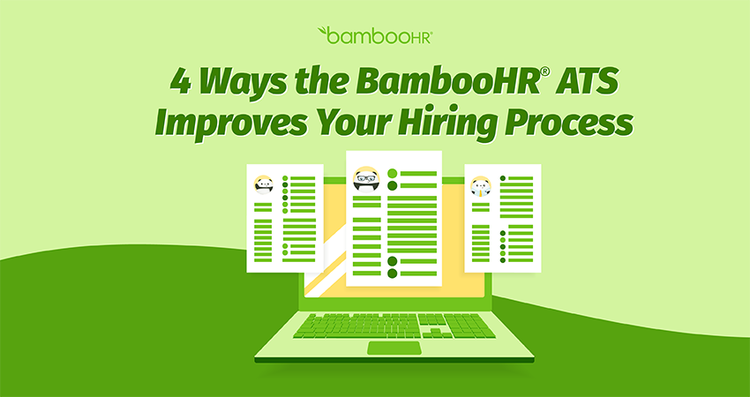Conditions of Employment
What Are Conditions of Employment?
Conditions of employment are the rules, requirements, and policies an employer and employee agree to abide by during the employee’s service to the company. They spell out the rights and obligations of each party. Conditions of employment are also known as terms of employment.
Where Are Conditions of Employment Found?
Conditions of employment are often found in job postings, employee handbooks, and company policy manuals. Conditions of employment are also spelled out in written employment contracts, but many positions are filled with nothing more than a verbal agreement—which can raise legal issues if the employer and employee later disagree about what was promised. For clarity and consistency, and to reduce potential liability, it’s important for complete conditions of employment to be written down and made available to every employee.
Who Determines Conditions of Employment?
The marketplace and the law hold the most sway in determining a company’s conditions of employment.
In the free market, employers who compete to hire employees from a limited talent pool must provide appealing conditions of employment to attract and retain them, such as a competitive compensation package.
As for the law’s influence, conditions of employment must comply with myriad federal and state legal requirements regarding such important matters as worker safety, healthcare access, and non-discrimination policies.
In some industries, unions may also negotiate certain conditions of employment on behalf of their members.
HR software so you can focus on the people, not the paperwork.
BambooHR automates operational tasks and frees HR to perform the big-picture projects that make a difference.
What Is Included in Conditions of Employment?
Conditions of employment may include some stipulations that are job-specific and others that apply to all company employees. Examples of job-specific conditions of employment include:
- Days and hours of employment
- Whether the employee is exempt or non-exempt
- Compensation
- Job description and duties
- Non-compete provisions
- How disputes will be resolved
- Benefits not all employees receive, such as extra vacation time or profit sharing
Job-specific conditions of employment are often negotiable. Executives and workers with skills that are in high demand may arrange more favorable terms than others.
Examples of company-wide conditions of employment include:
- Dress code policies
- Probationary period
- Company holidays
- Pay schedule
- Leave policies
- Performance review requirements
- Discipline policies
- Standard benefits information, such as health insurance and retirement plans
Can Conditions of Employment Change?
Generally, employers can modify conditions of employment as they see fit as long as they don’t break any laws by doing so. Such changes could include anything from adding paid paternity leave to reducing salaries. But written employee contracts are different—they remain binding on both parties. The terms must be honored for the duration of the contract unless both employer and employee agree to renegotiate.

See how BambooHR® Performance Management gives you the tools you need to lead and the tools your people need to perform. Our assessments help gather feedback from managers, peers, and the employees themselves with a few targeted questions, enabling conversations that get to the heart of what each person needs to thrive within their role.

The secret to a successful organization isn’t really a secret at all: it’s great people. But finding and hiring great people isn’t easy. The good news? The BambooHR® Applicant Tracking System (ATS) can make it a whole lot easier in four key ways.